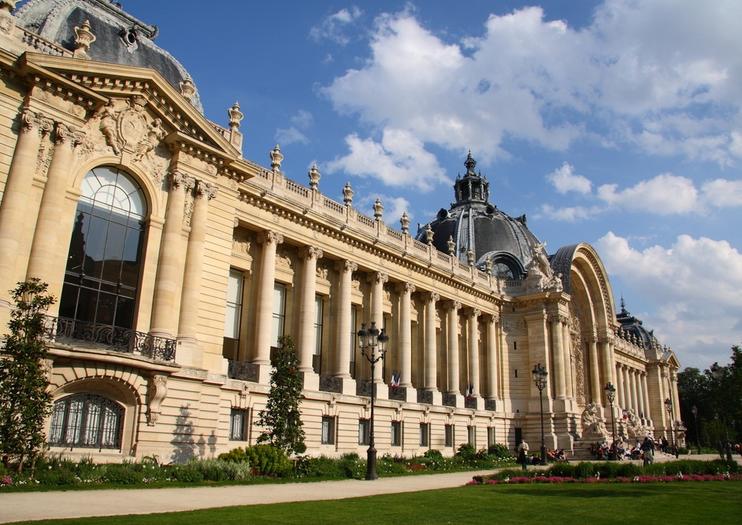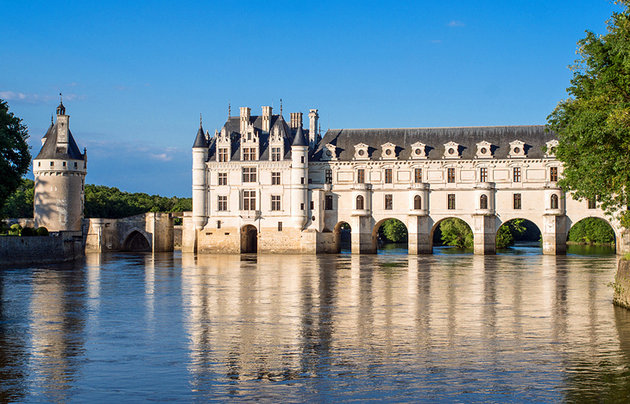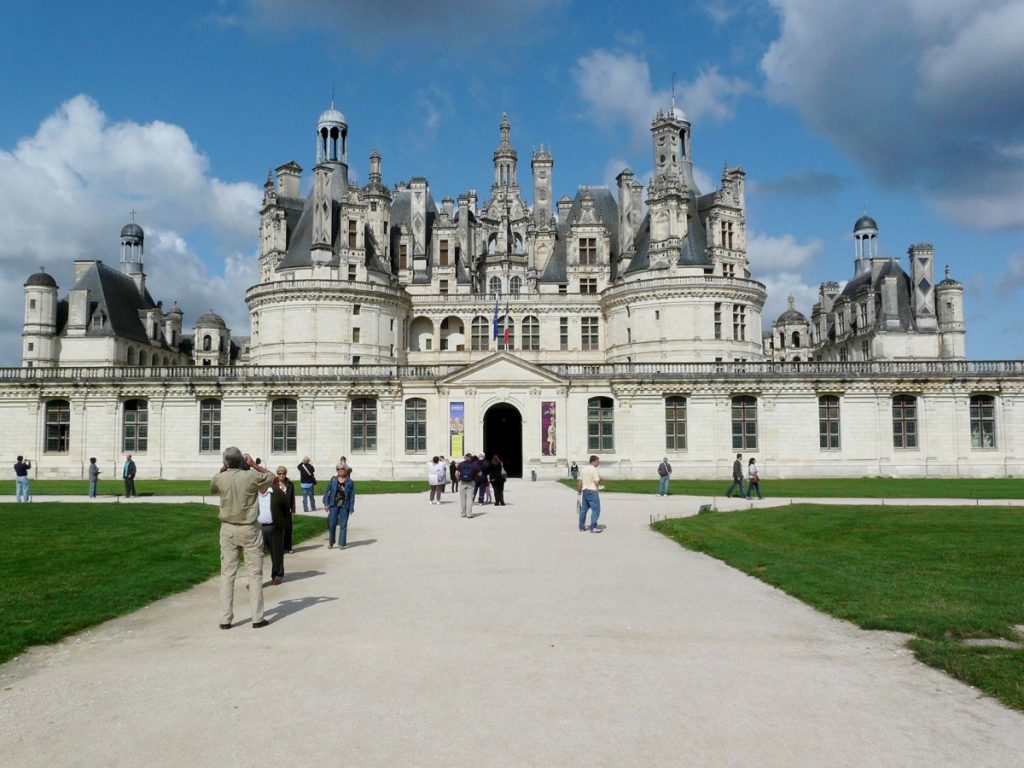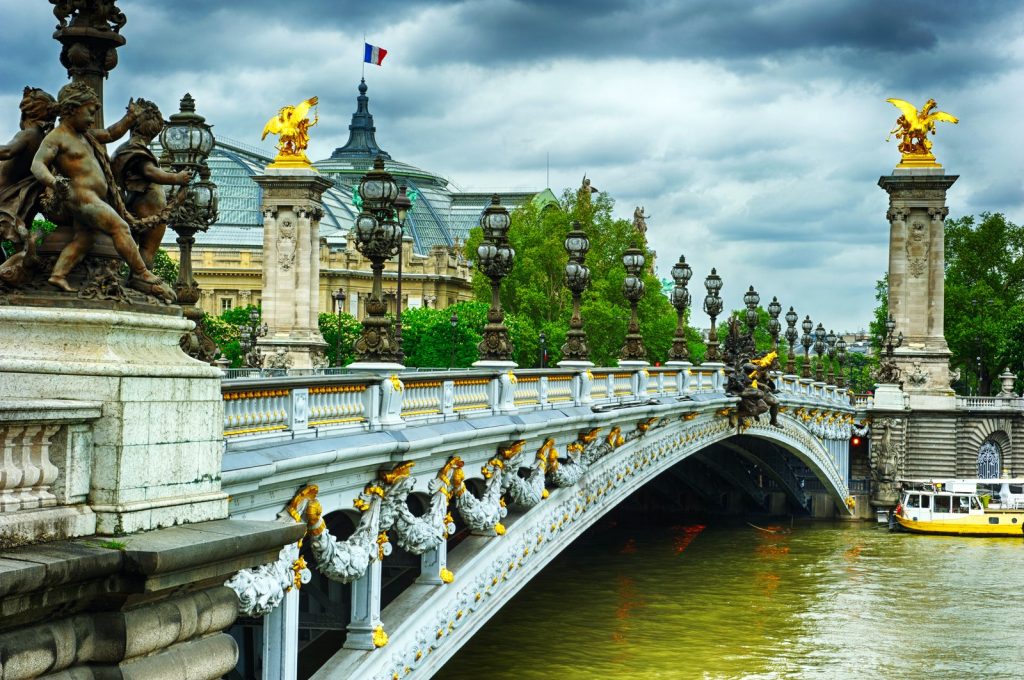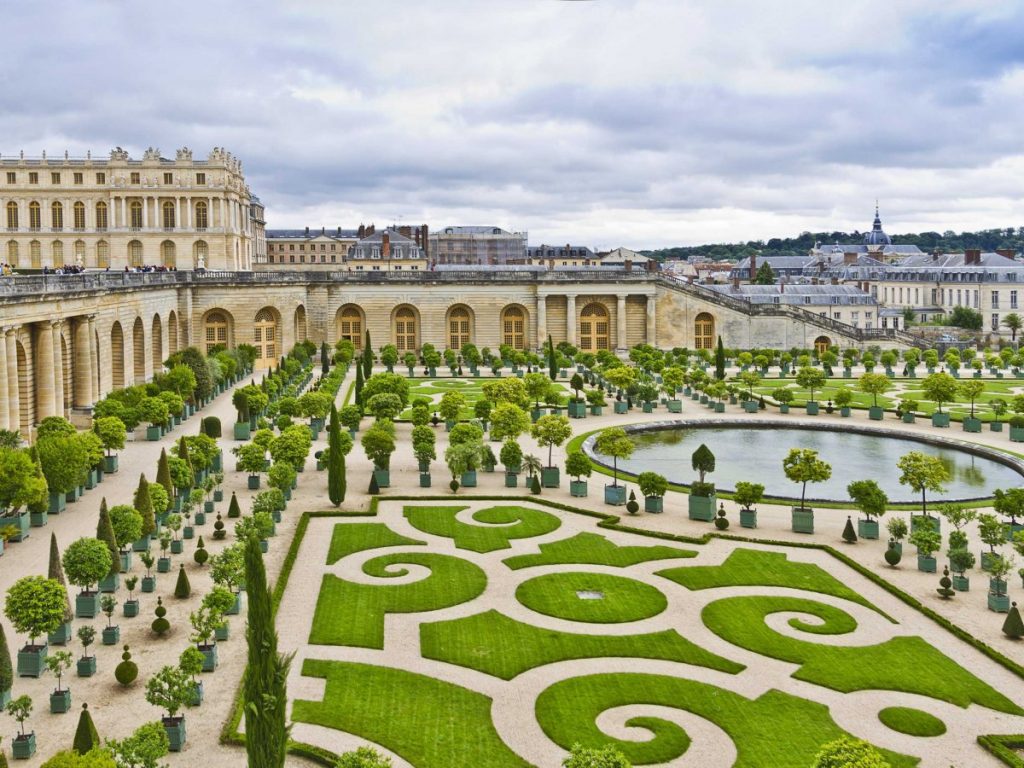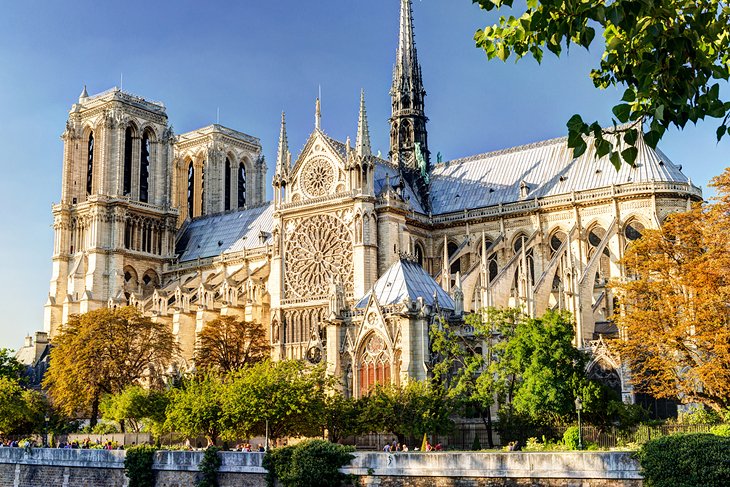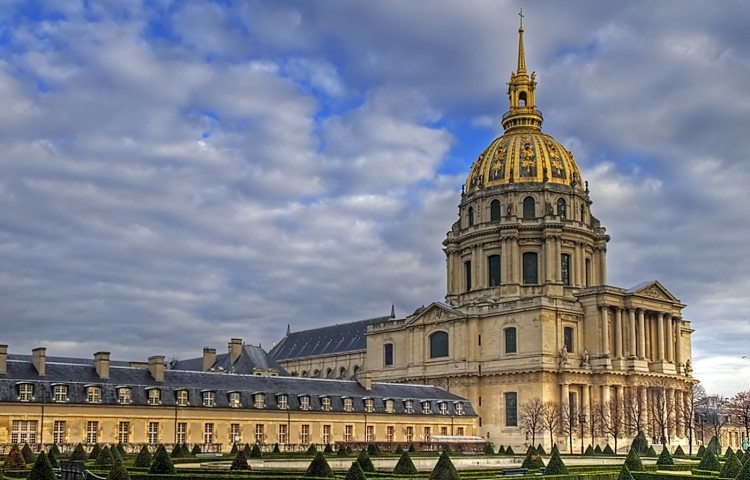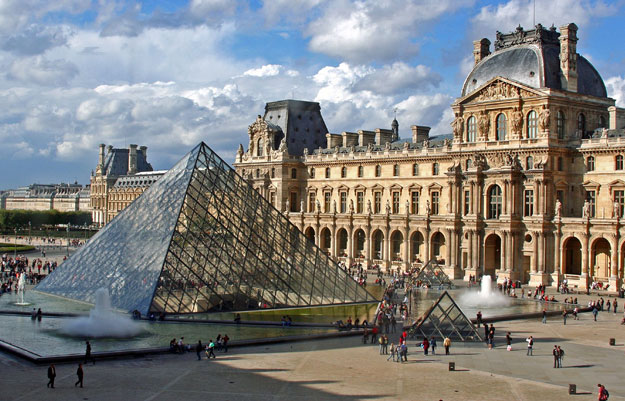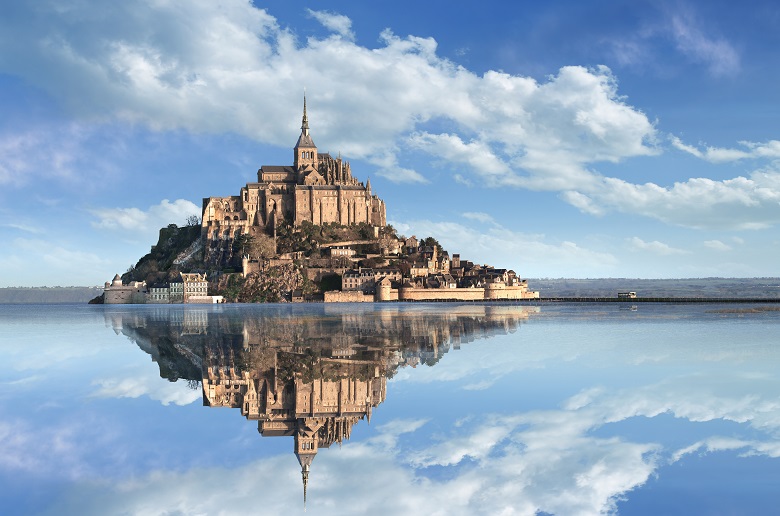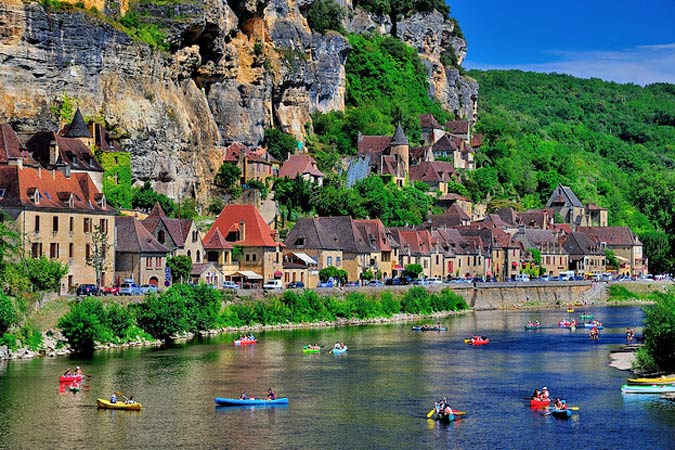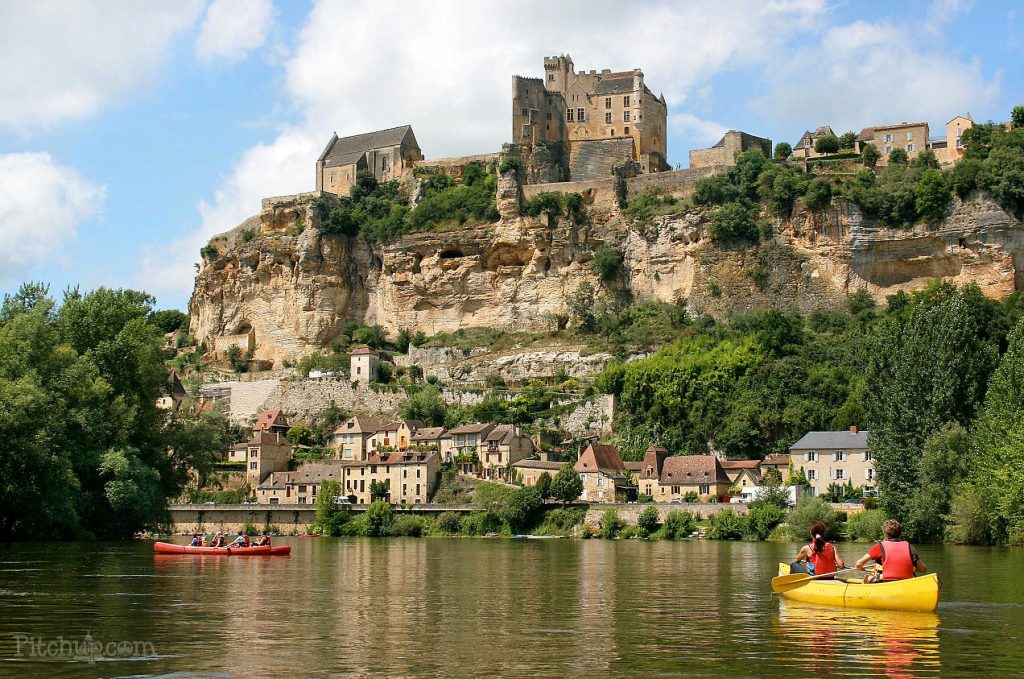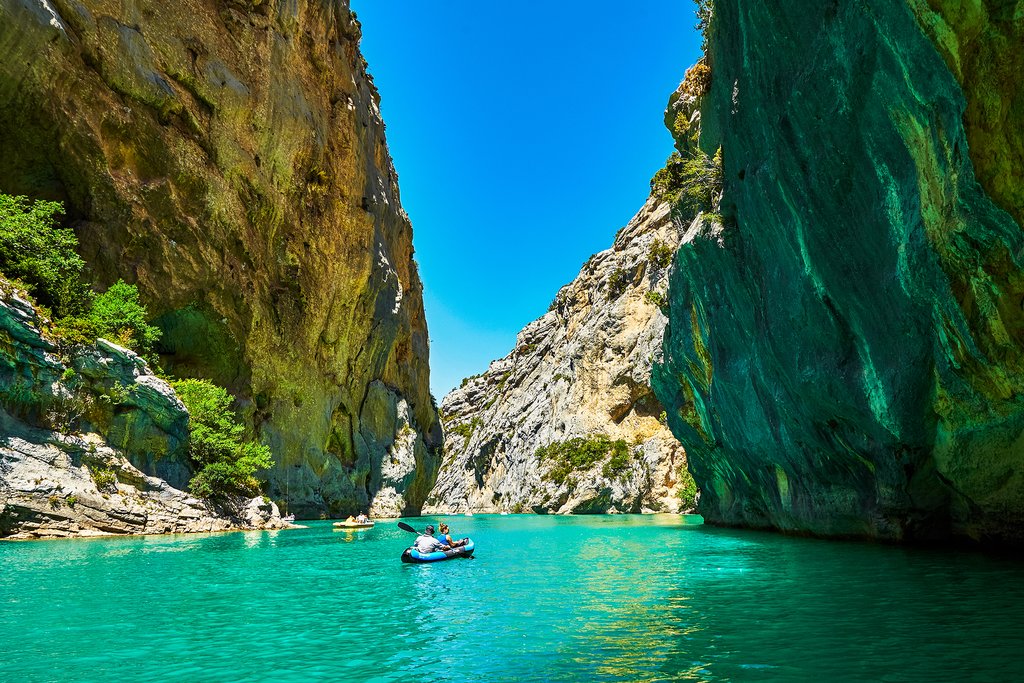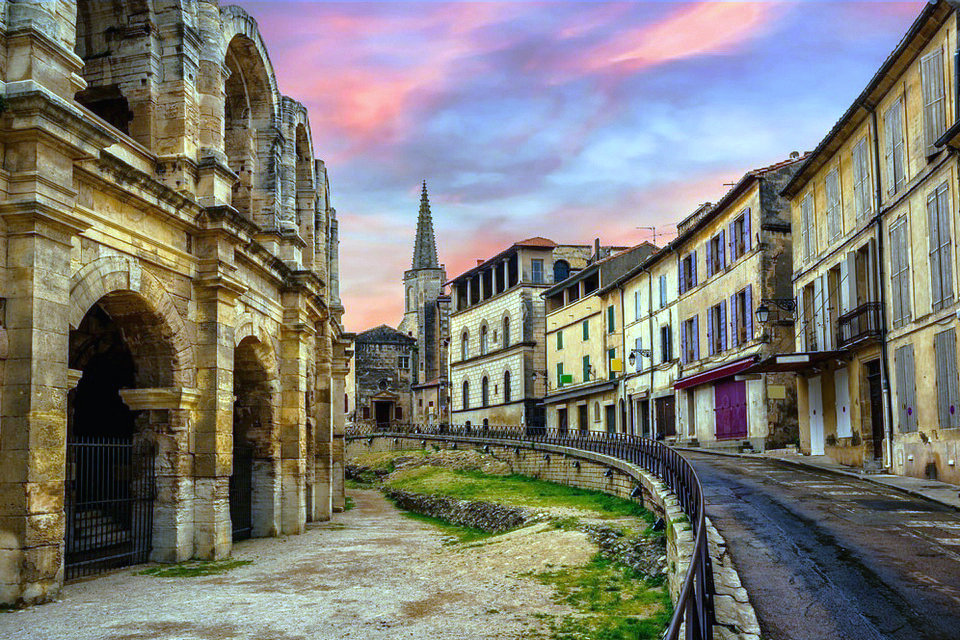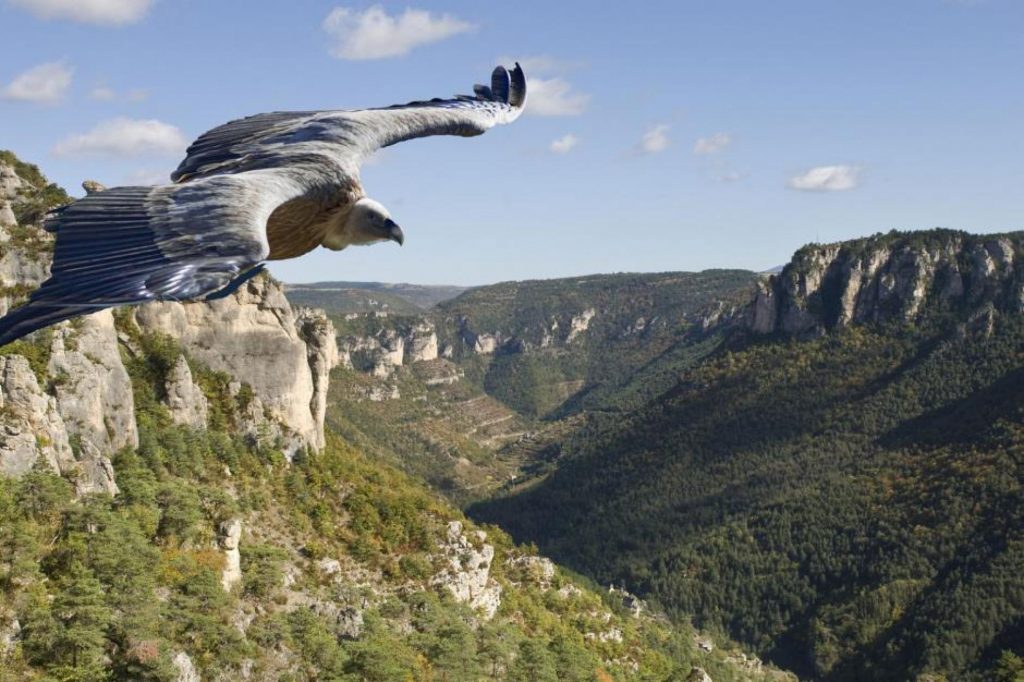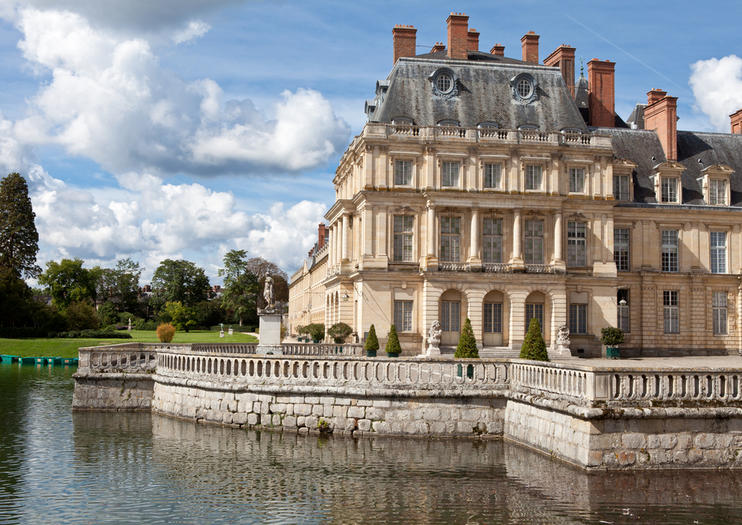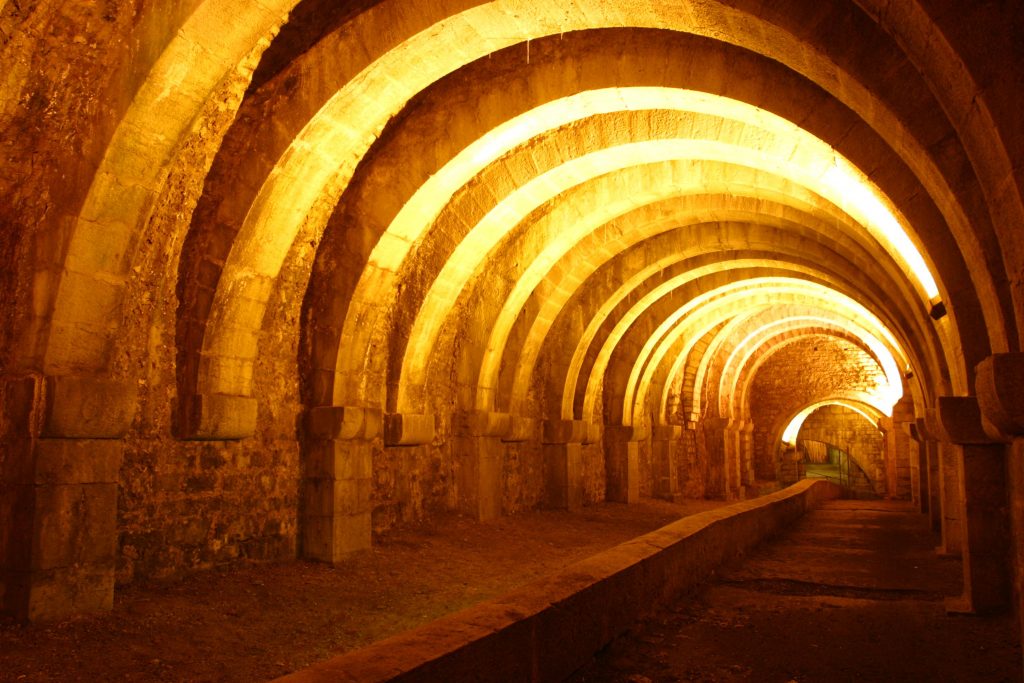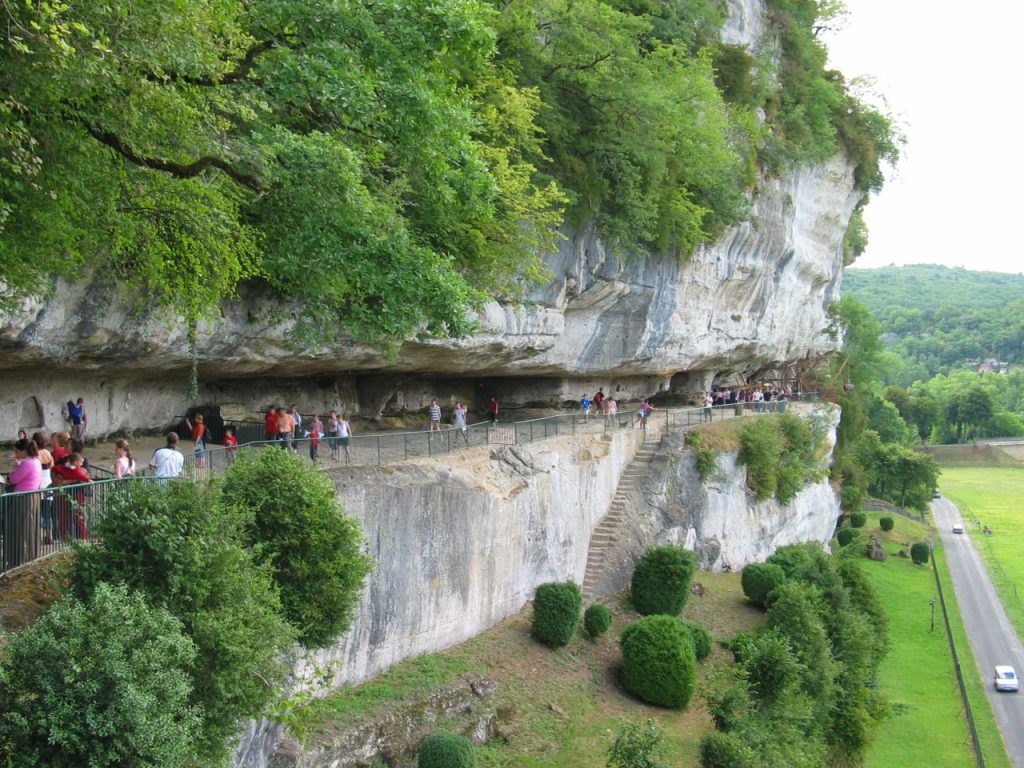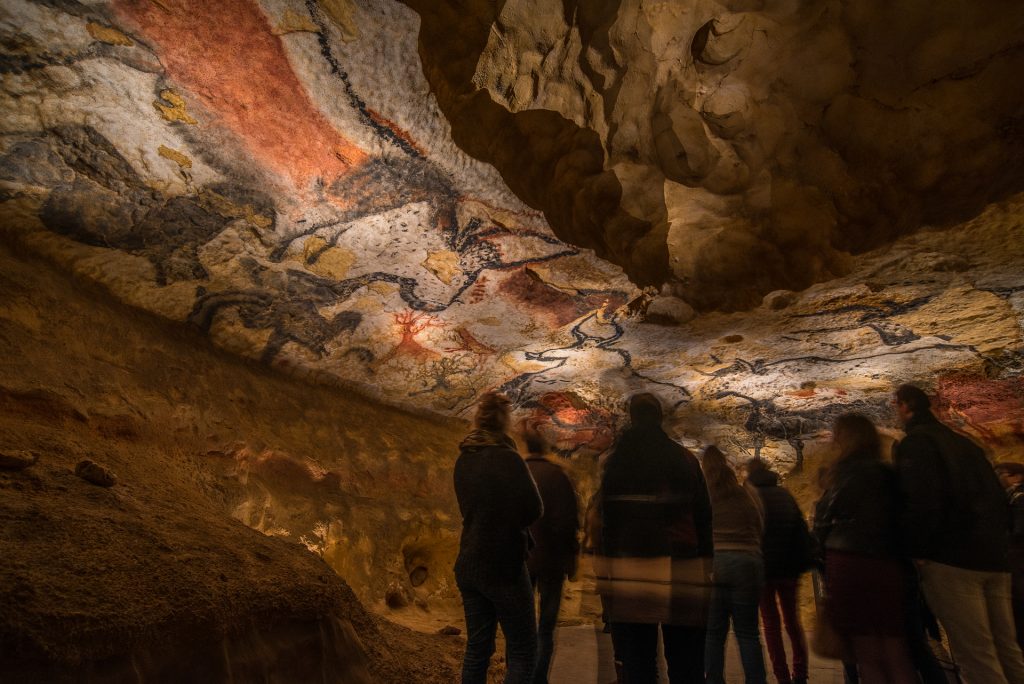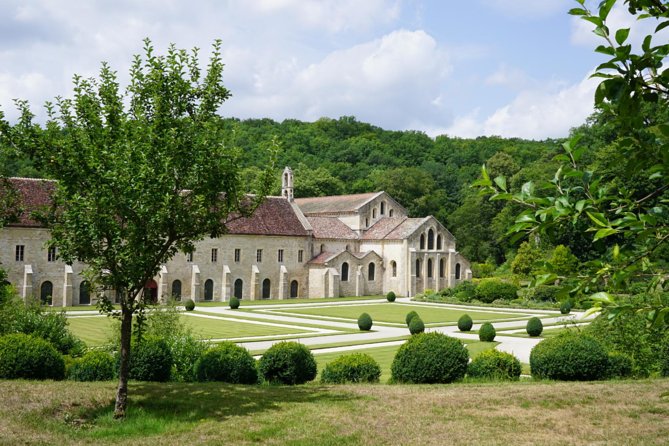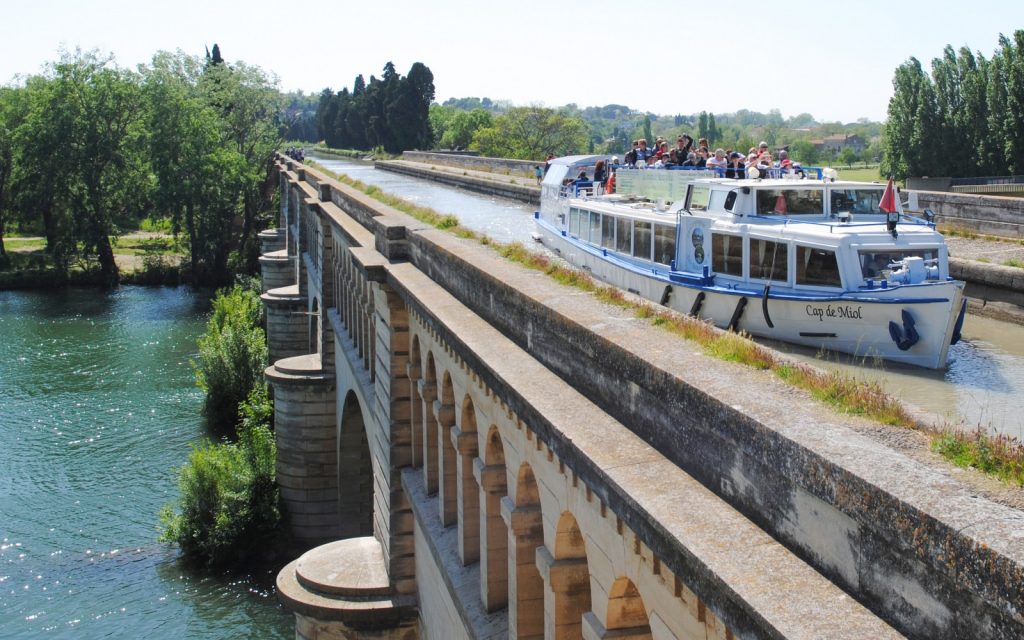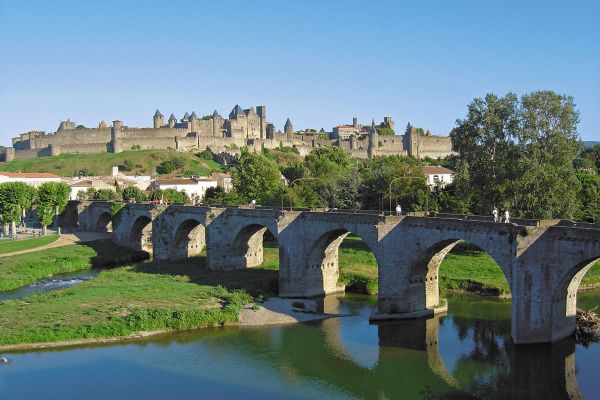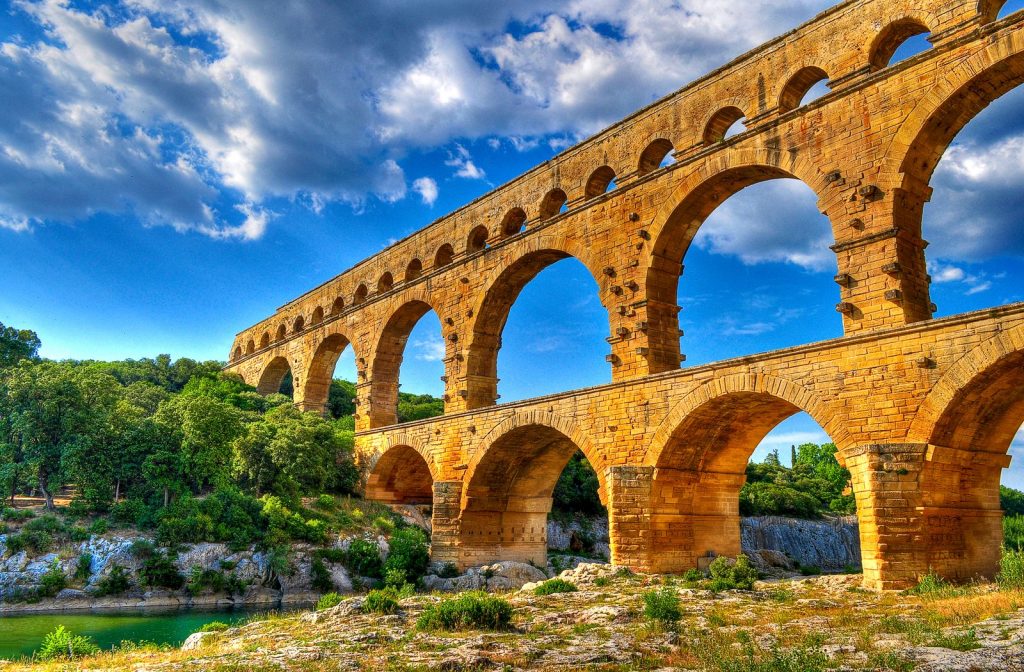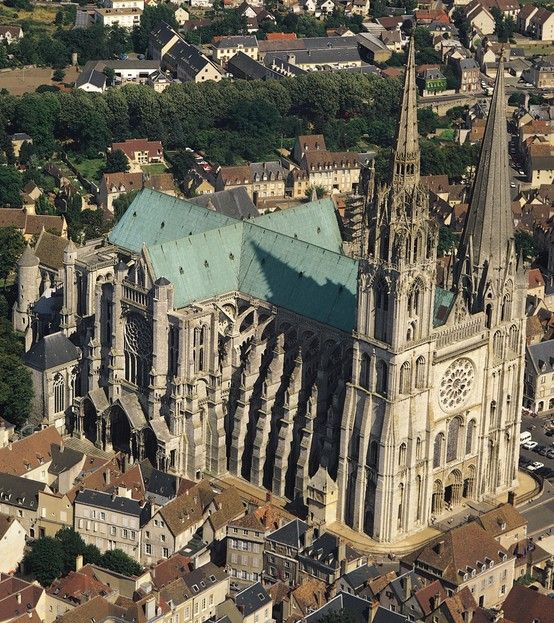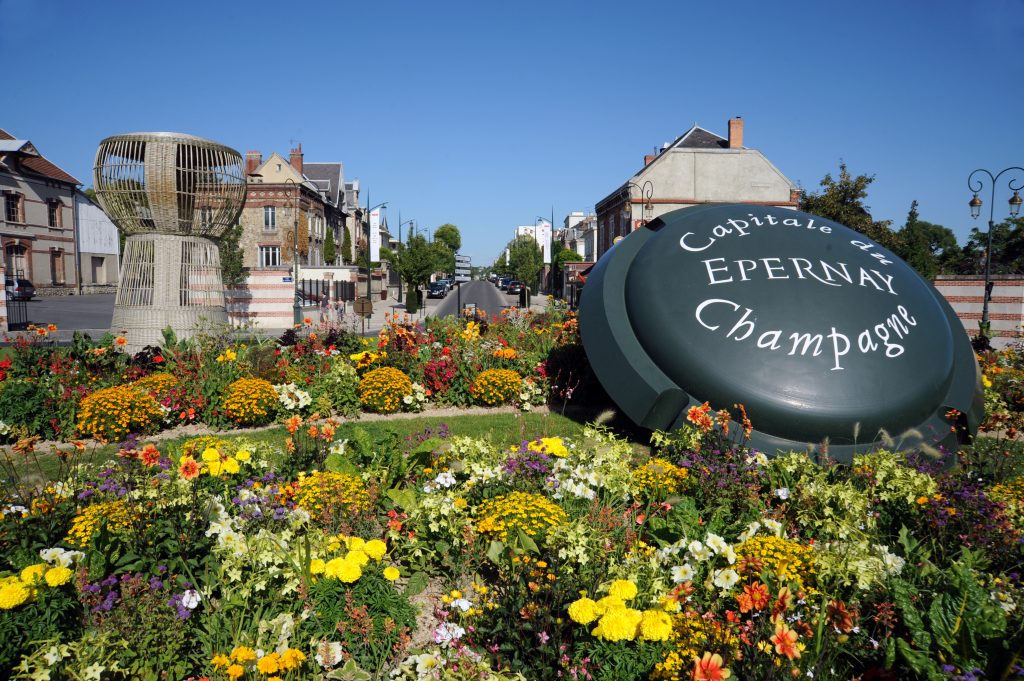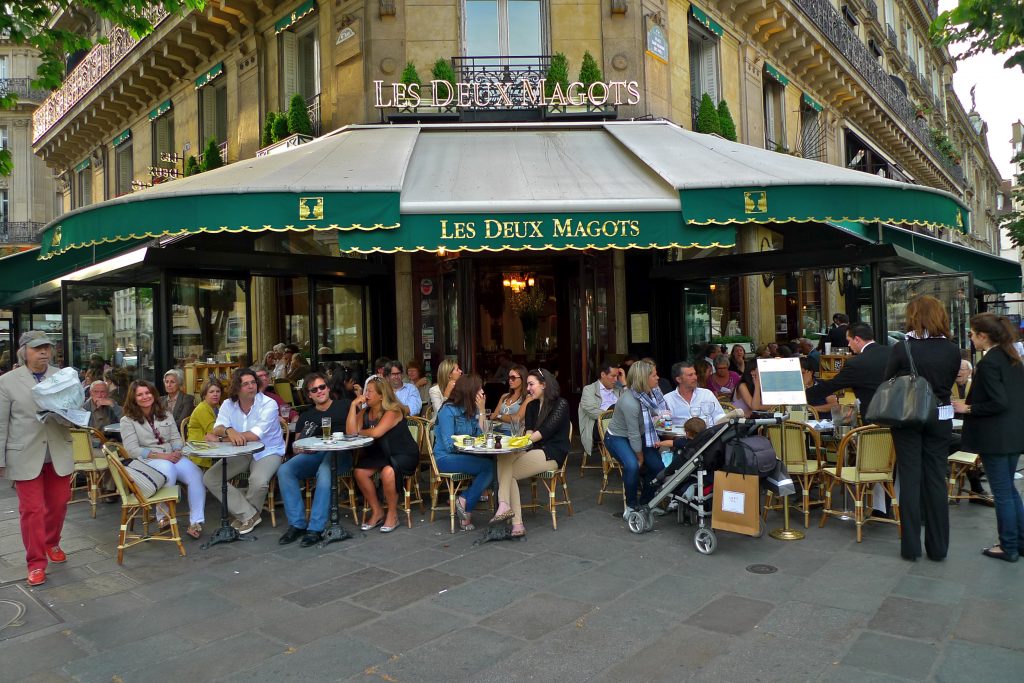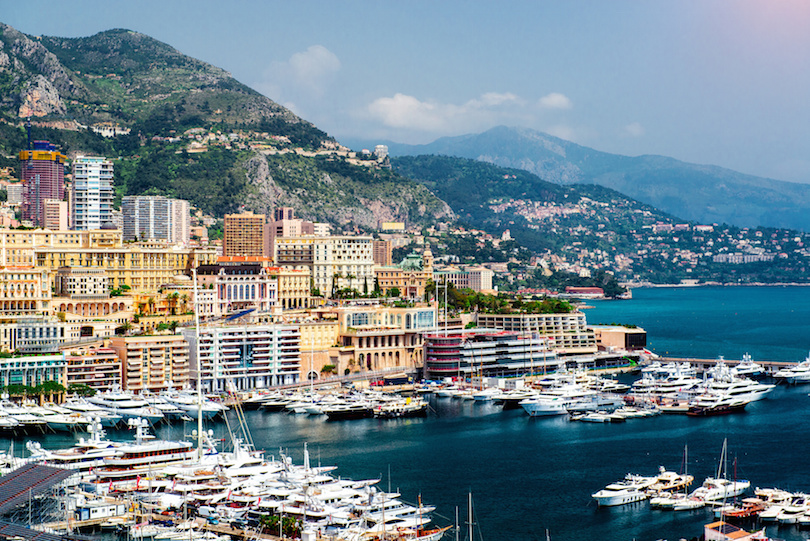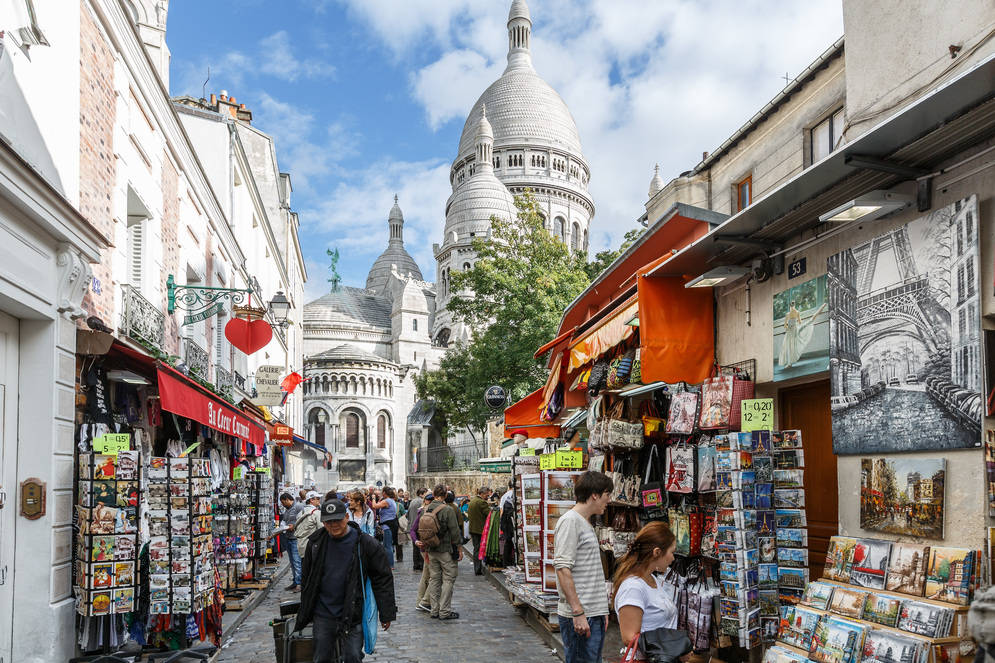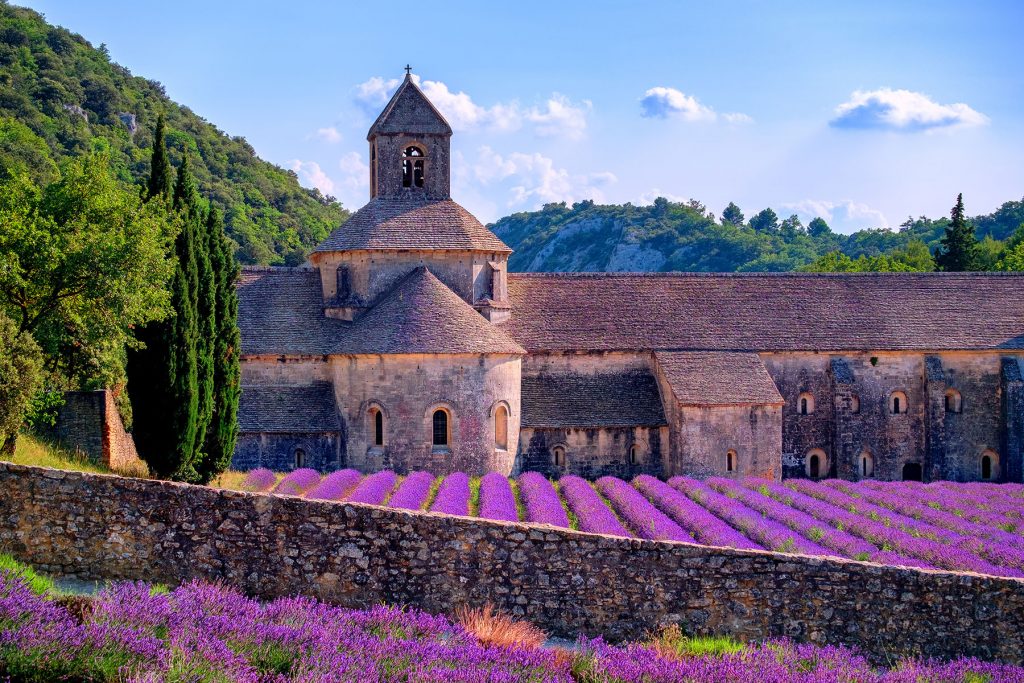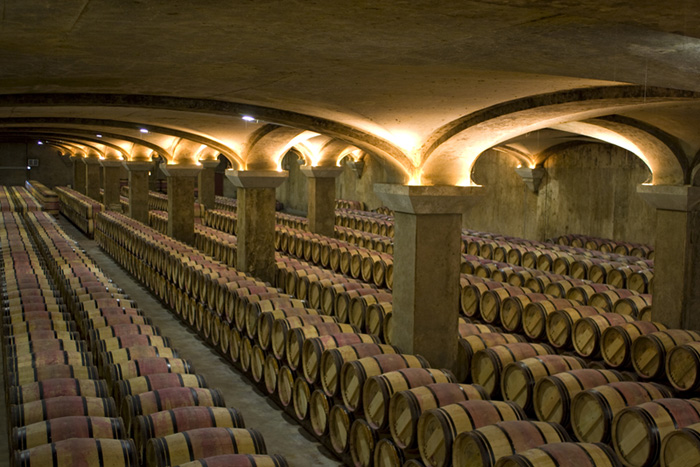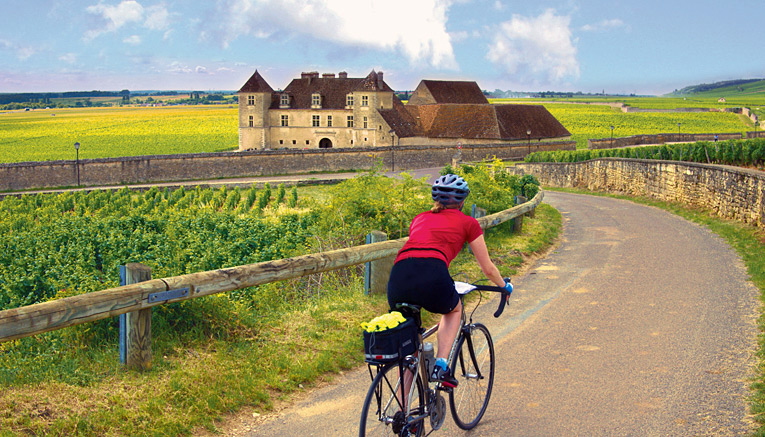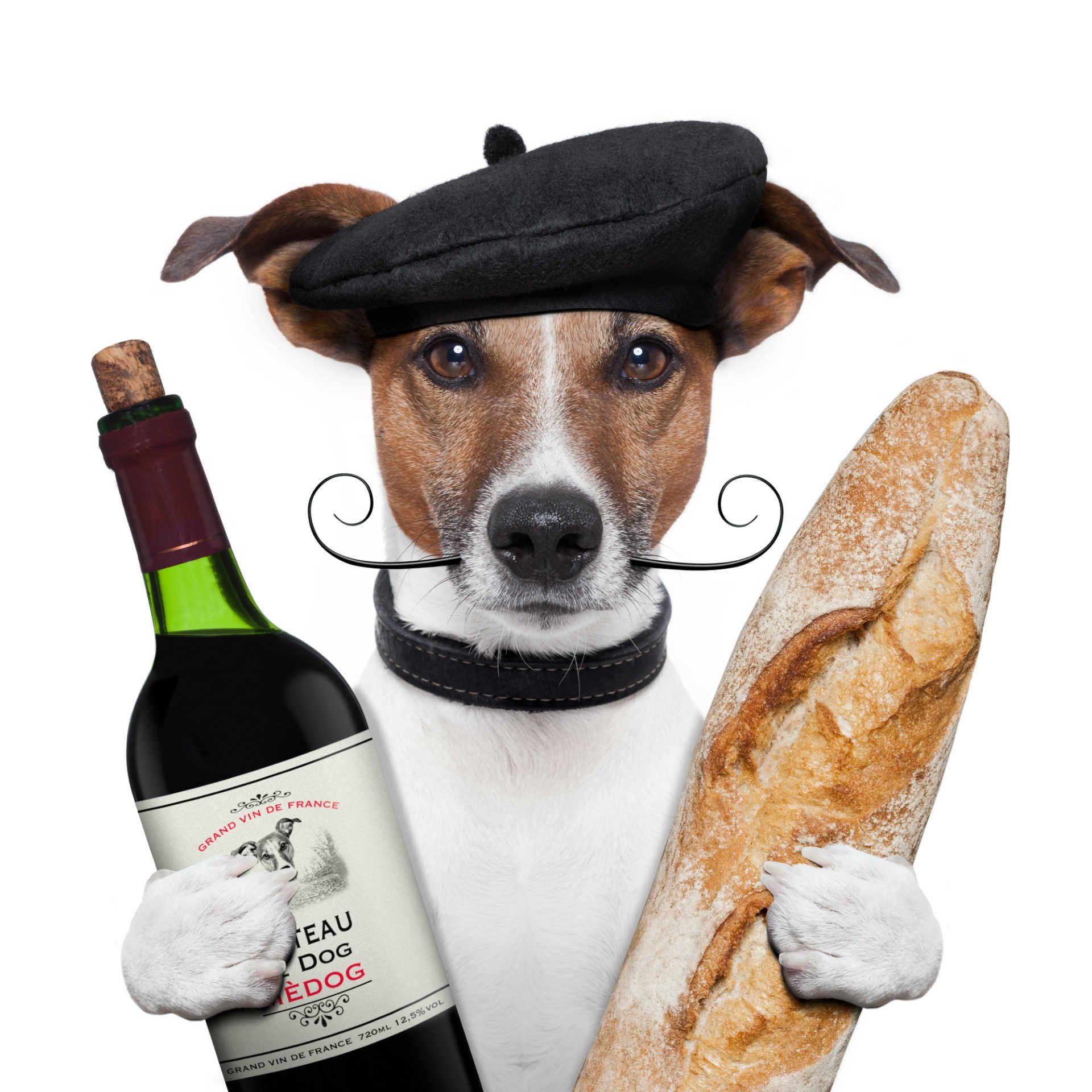
FRANCE Historic & Fun Facts
26 Mar, 2021
France is about world-class art and architecture. Its iconic landmarks and UNESCO World Heritage Sites gives France a staggering cultural repertoire in volume and diversity. France’s is the world’s top tourism destination with some 89 million visitors flocking each year to the land of the Gauls, to feast on its extraordinary wealth of medieval fortresses, imperial chateaux, historic monuments, museums, galleries, delightful beaches and waters, flower-lined canals,Lavender fields, beautiful small towns, cobblestoned villages, rolling vineyards and hands-on cultural experiences. French culture is woven around cafe terraces.
We have highlighted 42 Facts
- France is not French. The original name of France was Gaul. When the Germanic tribe – named Frank – destroyed Gaul, the name France came into existence.
- France was inhabited by the Gauls. The area was annexed by Rome in 51 BC, developing a distinct Gallo-Roman culture that laid the foundation of the French language. The Germanic Franks arrived in 476 and formed the Kingdom of Francia, which became the heartland of the Carolingian Empire. The Treaty of Verdun of 843 partitioned the empire, with West Francia becoming the Kingdom of France in 987.
- France is the largest country in the European Union and known as ‘l’Hexagone’.
- It is referred to as ‘l’Hexagone’ due to its six-sided shape.
- France is the largest country in the European Union, covering a total area of 551,695 Km2.
- It is the third-largest (3rd) Country in Europe, behind Ukraine and the European portion of Russia.
- It is the 4th most forested country in the EU, after Sweden, Finland, and Spain. Forests occupy around 31% of France’s territory.
- France is the most popular tourist destination in the world. Paris, is the 3rd most visited city in the world behind Bangkok and London.
- France boasts 41 UNESCO Sites (https://whc.unesco.org/fr/etatsparties/fr).
- The number of Castles in France is around 45,000;
- France’s historic monuments agency lists 6,450 châteaux or manor houses: 900 owned by the state, the rest in private hands.
- France is home to 1,218 museums.
- France has 10,166 kilometres of slopes, and 317 Ski Areas (https://about-france.com/tourism/skiing.htm)
- The French coastline adds up to 4,668 km
- French was the official language of England for about 300 years, from 1066 to 1362.
- Paris, a majestic city known as the “Ville Lumière”, or “City of Light”. Paris has often been remodelled. In the mid-19th century, Georges-Eugène, Baron Haussman were committed to Napoleon III’s vision of a modern city with broad avenues, free of the choleric swamps and congested alleys.
- Paris is a river city. The city of Paris is built along a bend in the River Seine, between the confluence of the Marne and the Oise Rivers. The property comprises bridges, quays and the banks of the Seine..
- The banks of the Seine are studded with a succession of architectural and urban masterpieces built from the Middle Ages to the 20th century: Notre-Dame Cathedral, Sainte Chapelle, Louvre, Palais de l’Institut, Hôtel des Invalides, Place de la Concorde, Ecole Militaire, Monnaie (the Mint), Grand Palais of the Champs Elysées, Eiffel Tower and Palais de Chaillot.
- ‘Liberté, Egalité, Fraternité’ or ‘Liberty, Equality, Fraternity’ is France’s national motto, used during the Revolution (1789–1799). ‘Liberté, Egalité, Fraternité’ were first vocalized in 1790 in a speech given by Maximilien Robespierre.
- France has won the most Nobel prizes for Literature, 15 winners. Some of France’s most celebrated poets, novelists, and writers are: René Descartes, Voltaire, Charles Baudelaire, Blaise Pascal, Gustave Flaubert, and Victor Hugo.
- Louis XIX was France’s King for just 20 minutes, the shortest reign ever. Louis-Antoine abdicated in favour of his nephew, the Duke of Bordeaux.
- The French Army was the first to use camouflage in 1915 (World War I).
- Kilts originated in France, not Scotland.
- The Louvre in Paris is the most visited art museum in the world. It houses around 38,000 artefacts including Mona Lisa, Venus de Milo.
- French Gastronomy was awarded UNESCO World Heritage Status in 2010.
- The French railway network (a 29,000-Km), is the 2nd biggest in Europe and the 9th biggest in the world.
- France has a large number of decorated caves from the upper Palaeolithic era. One of the most famous and best preserved, Lascaux Caves located in Dordogne, dates back to approximately 18,000 BC.
- 17. Mont Blanc in the French Alps is Europe’s highest mountain 4,807m. It takes a 20-minute trip up on Europe’s highest cable car from Aiguille du Midi to reach the top.
- 18. France produced the most expensive bottle of wine in the world: a 73-year-old French Burgundy bottle was sold at an auction for a staggering amount of $558,000 US.
- 19. The French consumes 11.2 billion glasses of wine per year.
- 20. The average French citizen eats 500 snails each year.
- 21. The croissant was actually invented in Austria in the 13th century.
- 22. In France, placing a baguette on the table upside down is seen as unlucky.
- 23. France produces around 1.7 million tons of cheese a year, with 1,600 varieties.
- 24. The Tour de France cycle race has been running for over 100 years (approximately 3,480Kms).
- 25. Blue jeans, now called “denim”, were originally made from this fabric and manufactured in the French town of Nîmes (bleu de Nîmes). Historically, in Nimes denim was made of silk and wool (hence the name “de Nim”), and not of the all-cotton variety we are familiar with today. Then the jean fabric was imported by Levi Strauss (a German immigrant) to California to make tough cloth for miners and gold diggers.
- 26. The tradition of a bride wearing a white dress originated in France in 1499.
- 27. Two new cookbooks are published here every day.
- 28. The camera phone was invented in France in 1997 by an enterprising Parisian called Philippe Kahn.
- 29. In France, you can marry a dead person! It needs the French president’s approval as in the recent 2017 case.
- 30. It is illegal to throw out food in France.
- In February 2016, France became the 1st country in the world to ban supermarkets from throwing away or destroying unsold food. Stores must now donate surplus groceries to food banks and charities.
- 31. It was illegal for French women to wear trousers for 214 years.
- 32. Monaco is the 2nd smallest city in the world after the Vatican.
- 33. The French invented tin cans, the hairdryer, and the hot air balloon:
- Nicolas Appert came up with the idea to use sealed glass jars.
- Pierre Durand later invented the tin can.
- Louis Braille who was blinded as a child developed the Braille, a system of touch reading.
- René Laennec invented the stethoscope.
- Alexandre-Ferdinand Godefroy patented the world’s first hairdryer.
- The Montgolfier brothers Joseph and Etienne invented the hot air balloon.
- 34. The Lumière brothers, Auguste Marie Louis Nicolas and Louis Jean, were famous for their Cinématographe motion picture and short films they produced between 1895 and 1905.
- 35. The world’s first artificial heart transplant (Dec. 2013) and face transplant (year 2005) took place in France.
- 36. Gabriel Mouton, the vicar at St. Paul’s Church in Lyon, introduced the concept of the decimal system.
- 37. France also ranks 14th in the world for life expectancy, an average of 83-years old. The oldest person who ever lived was a French woman named Jeanne Louise Calment, died at 122 years and 164 days old.
- 38. In France, it is illegal to name a pig “Napoleon”.
- 39. Paris has more dogs than kids.
- 40. The Catacombs of Paris hold the remains of more than 6 million people. The tunnel network is around 200 miles long. Only a portion of the catacombs is open to the public.
- 41. France has the most time zones, mostly due to its various territories around the world.
- 42. France legalized same-sex marriage since 18 May 2013, making it the 13th country worldwide to allow same-sex couples to marry. The legislation applies to metropolitan France as well as to all French overseas departments and territories.

